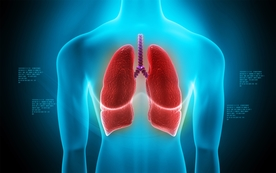Transgenic Technology
Transgenic technology utilizes modern biotechnology to artificially isolate and recombine desired target genes, introducing and integrating them into the genome of an organism. This process improves existing traits or imparts new, desirable traits, offering transformative potential across various fields.
Key Points
- Transgenic technology enables precise genetic modifications, including gene introduction, deletion, or blocking.
- Breaks barriers of natural hybridization, allowing gene transfer across species.
- Enhances agricultural efficiency, reduces resource input, and promotes environmental sustainability.
- Combines with traditional breeding to develop multi-resistant, high-quality, and high-yield varieties.
Foundations of Transgenic Technology
- Gene isolation and recombination:
- Identification and extraction of target genes with desirable traits.
- Recombinant DNA technology to integrate genes into host genomes.
- Genetic modification techniques:
- CRISPR-Cas9 for precise gene editing.
- Agrobacterium-mediated transformation and gene gun methods for gene transfer.
- Trait expression:
- Ensures stable integration and expression of transgenes in host organisms.
Applications of Transgenic Technology
Agriculture
- Crop improvement:
- Development of pest-resistant, drought-tolerant, and high-yield crops.
- Examples: Bt cotton, Golden Rice enriched with Vitamin A.
- Reduced chemical inputs:
- Minimizes the need for pesticides and fertilizers, reducing environmental impact.
- Enhanced nutritional value:
- Biofortification of crops to address malnutrition.
Environmental Protection
- Phytoremediation:
- Transgenic plants engineered to absorb and detoxify pollutants.
- Conservation:
- Genetic modification to protect endangered species and restore ecosystems.
Food Security
- Sustainable agriculture:
- Addresses resource constraints and ensures consistent food supply.
- Global impact:
- Supports growing populations by improving crop resilience and productivity.
Challenges and Ethical Considerations
- Challenges:
- Public concerns over genetically modified organisms (GMOs).
- Regulatory hurdles and biosafety assessments.
- Ethical considerations:
- Balancing innovation with ecological and societal impacts.
- Ensuring equitable access to transgenic technologies.
Future Directions
- Advances in gene editing tools like CRISPR for more precise modifications.
- Integration with synthetic biology for novel applications.
- Development of transgenic solutions for climate change resilience.
Patient and Public Education
- Promote awareness of the benefits and safety of transgenic technology.
- Encourage informed discussions on ethical and environmental implications.
- Highlight the role of transgenic crops in addressing global food challenges.
Transgenic technology represents a paradigm shift in genetic engineering, offering innovative solutions to pressing global issues in agriculture, environment, and food security.







